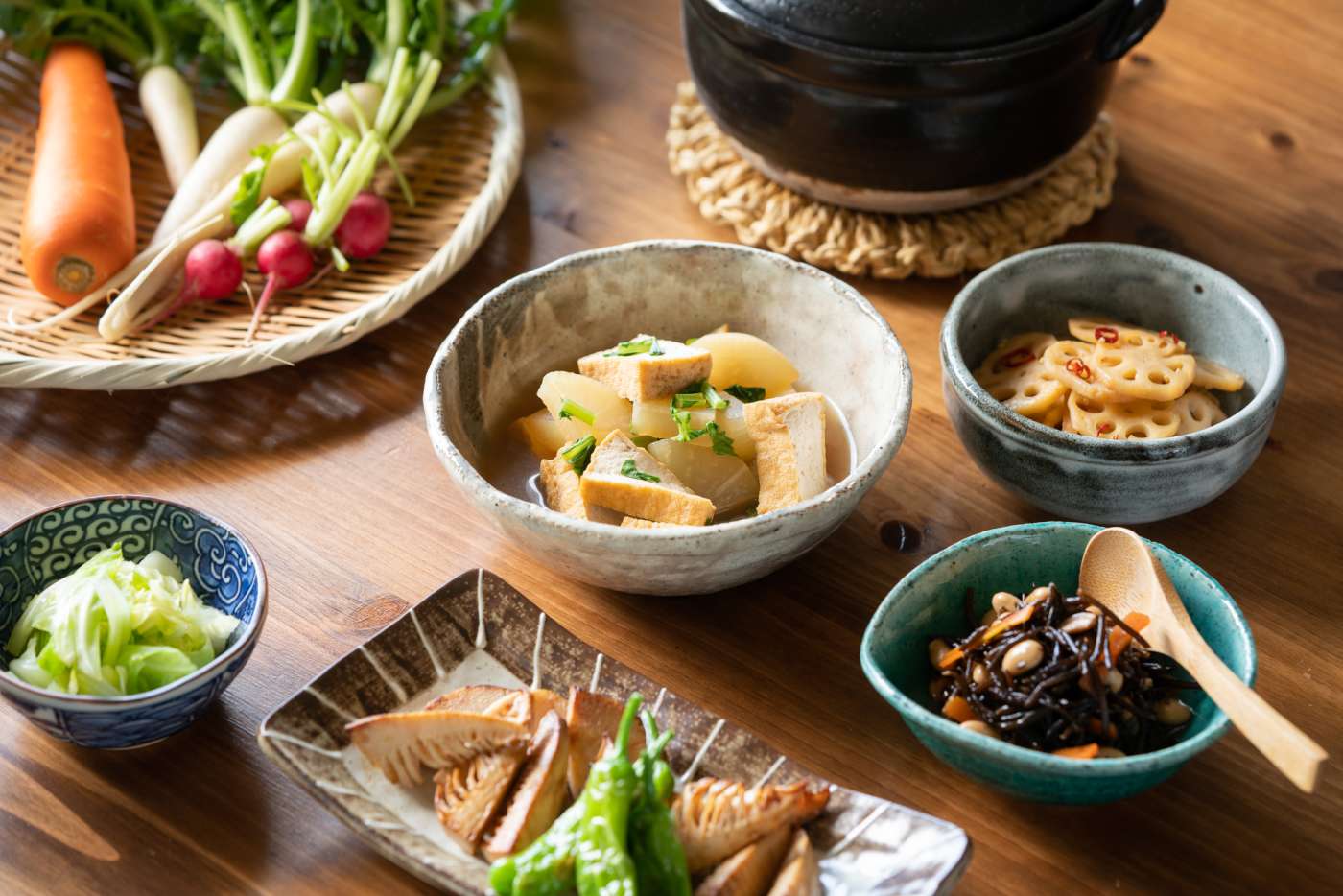
Japanese cuisine remains a compelling aspect for visitors to the country, but acquiring a personal understanding of the subtler nuances may require getting off the sushi and ramen train, no matter how awesome they are! Today let’s explore a breakdown of unique cuisine and its history in three different rural locations in Japan: Ina, Nagano Prefecture; Masuda, Shimane Prefecture and Tsuyama, Okayama Prefecture.
Japanese cuisine throughout history: Humble origins and regional flair
Japanese food has a rustic, pared-down foundation centered on fermentation, vegetables, seasonality and healthy carbs like rice or soba (buckwheat) noodles. Despite the country’s relatively limited total area, each region of Japan has very different local specialties including fruits, vegetables, seafood and livestock. Understanding how these unique culinary traditions have been shaped by local culture throughout Japan will give visitors profound perspective – whether foodie, casual connoisseur or somewhere in between.
Ina, Nagano: Hearty soba noodles in Shinshu, alongside resplendent local views
In central-northern Japan, Nagano Prefecture is blessed with excellent fresh spring water, gorgeous mountainous landscapes and world-famous skiing, snowboarding and hiking opportunities. The Ina Valley in Nagano is famous as the birthplace of “Shinshu” soba. (Shinshu is the ancient name for Nagano.) Here, experience freshly prepared Japanese buckwheat soba noodles at the source to understand why these noodles are famous for longevity, promoting a healthy gut and overall good eating.
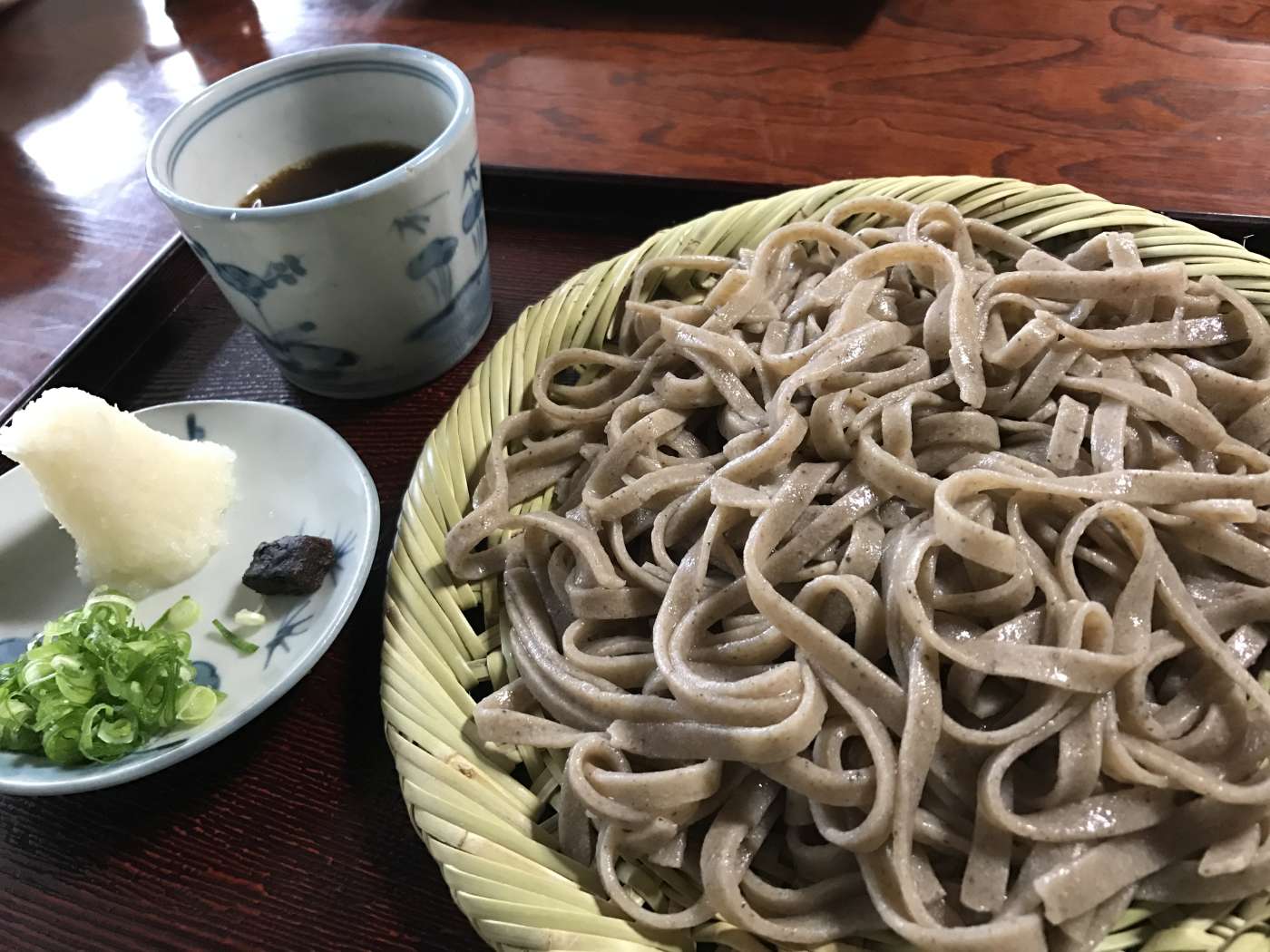
While soba is ubiquitous in Japan, Nagano Prefecture champions the bouncy, healthy noodles like nowhere else.
Photo credit: Ina Valley, Nagano
For other attractions in the Ina Valley, head to Takato Joshi Park, one of Japan’s three most famous sakura (cherry blossom) viewing locations. The atmosphere of these ancient castle remains is a great local highlight, alongside exploring the surrounding rural farmland, including strawberry picking tours!
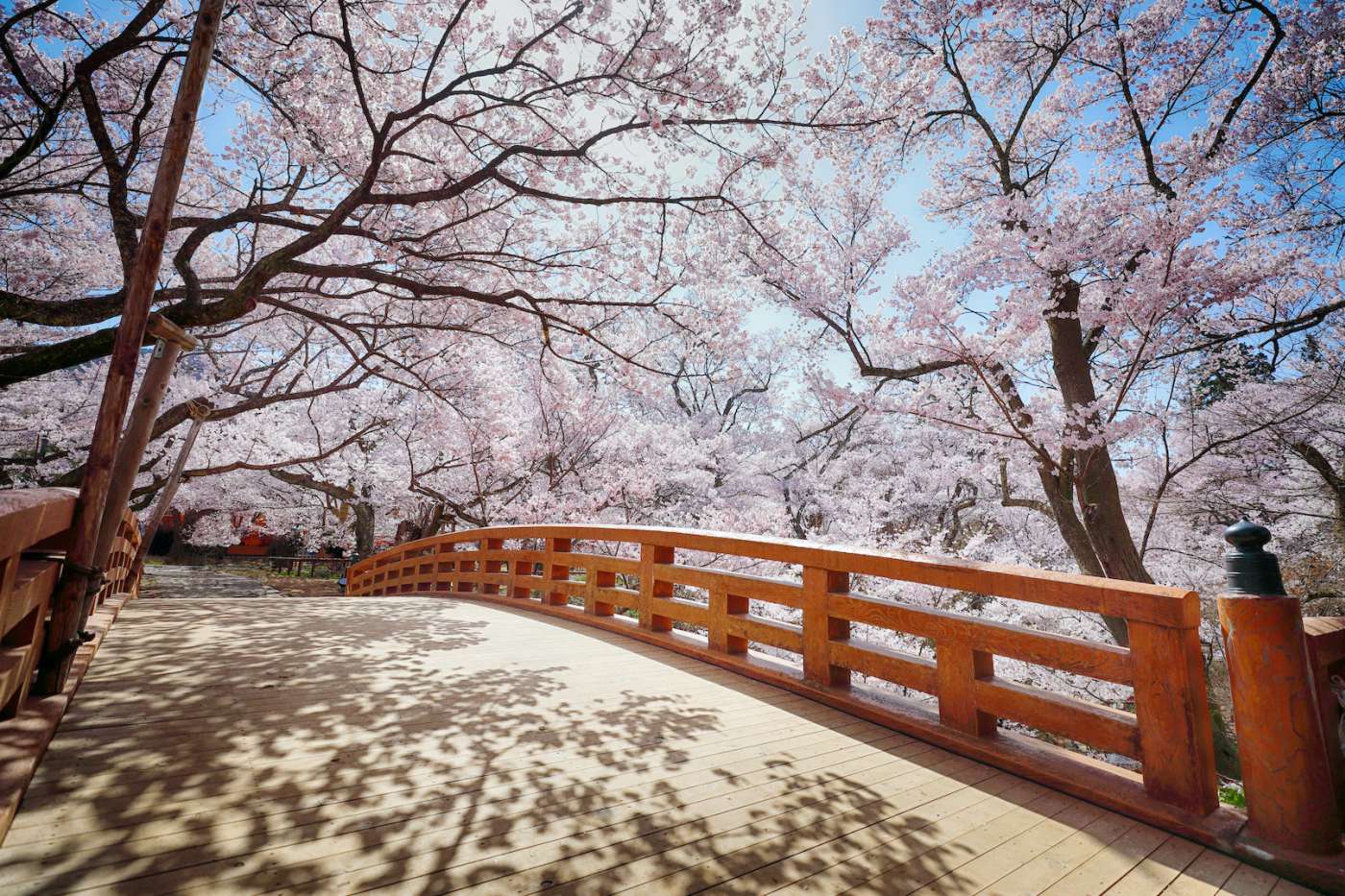
Takato Joshi Park is a fairytale land of lush pink blossoms during sakura season.
Photo credit: Ina Valley, Nagano
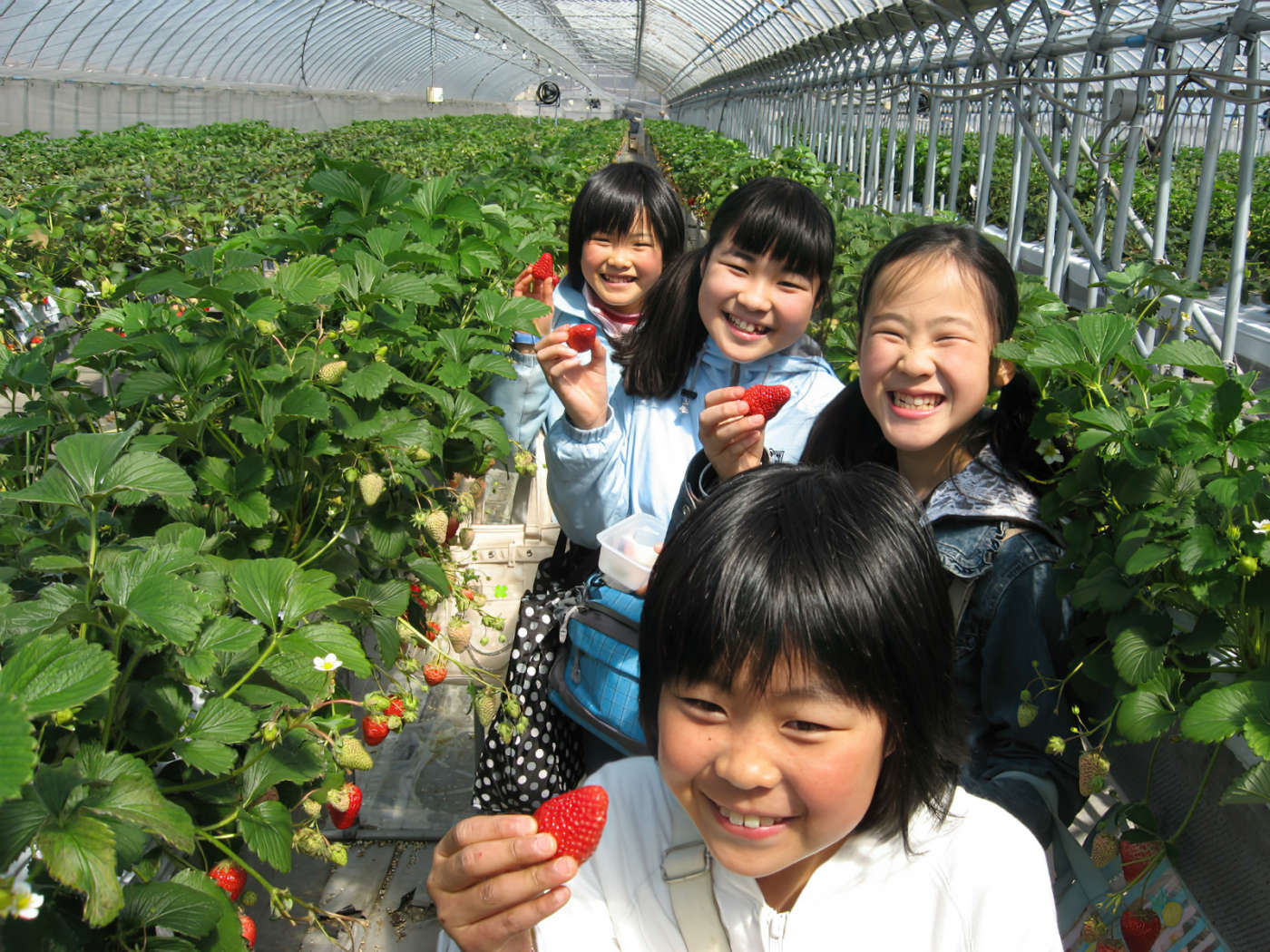
Fresh strawberry picking is a great activity for any visitor to the Ina Valley.
Photo credit: Ina Valley, Nagano
For travelers that need a dose of adrenaline, parasailing is also available to get a sky-high view of Nagano’s profound beauty. Come for the mountainous beauty, enjoy amazing soba and make unforgettable memories in Nagano’s Ina Valley.
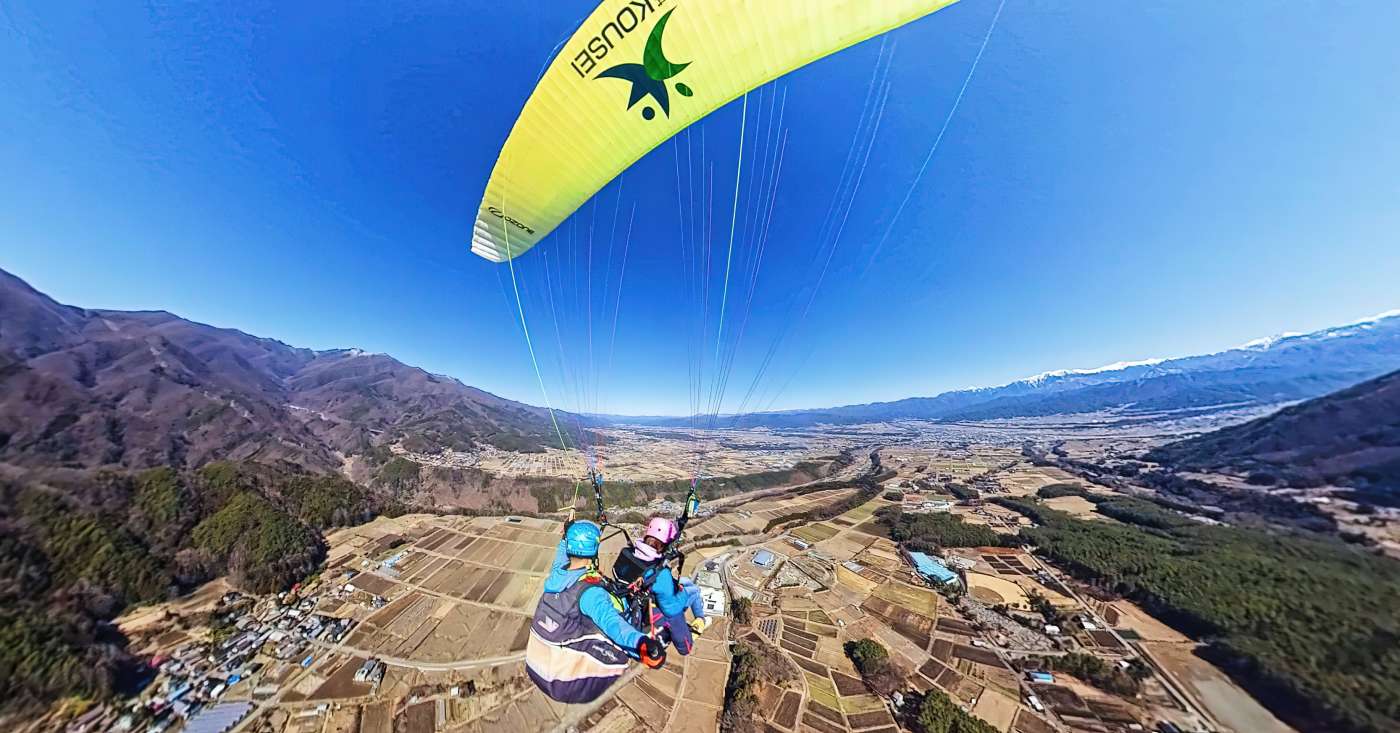
Photo credit: Ina Valley, Nagano
Masuda, Shimane: Dinner fit for royalty and regional specialty products
Shimane Prefecture, off the beaten path in Western Japan, is filled with compelling regional cuisine, punctuated coastlines and Japanese history. Masuda, Shimane is known as a town that replicates the elaborate banquet-style meals that medieval nobles enjoyed.
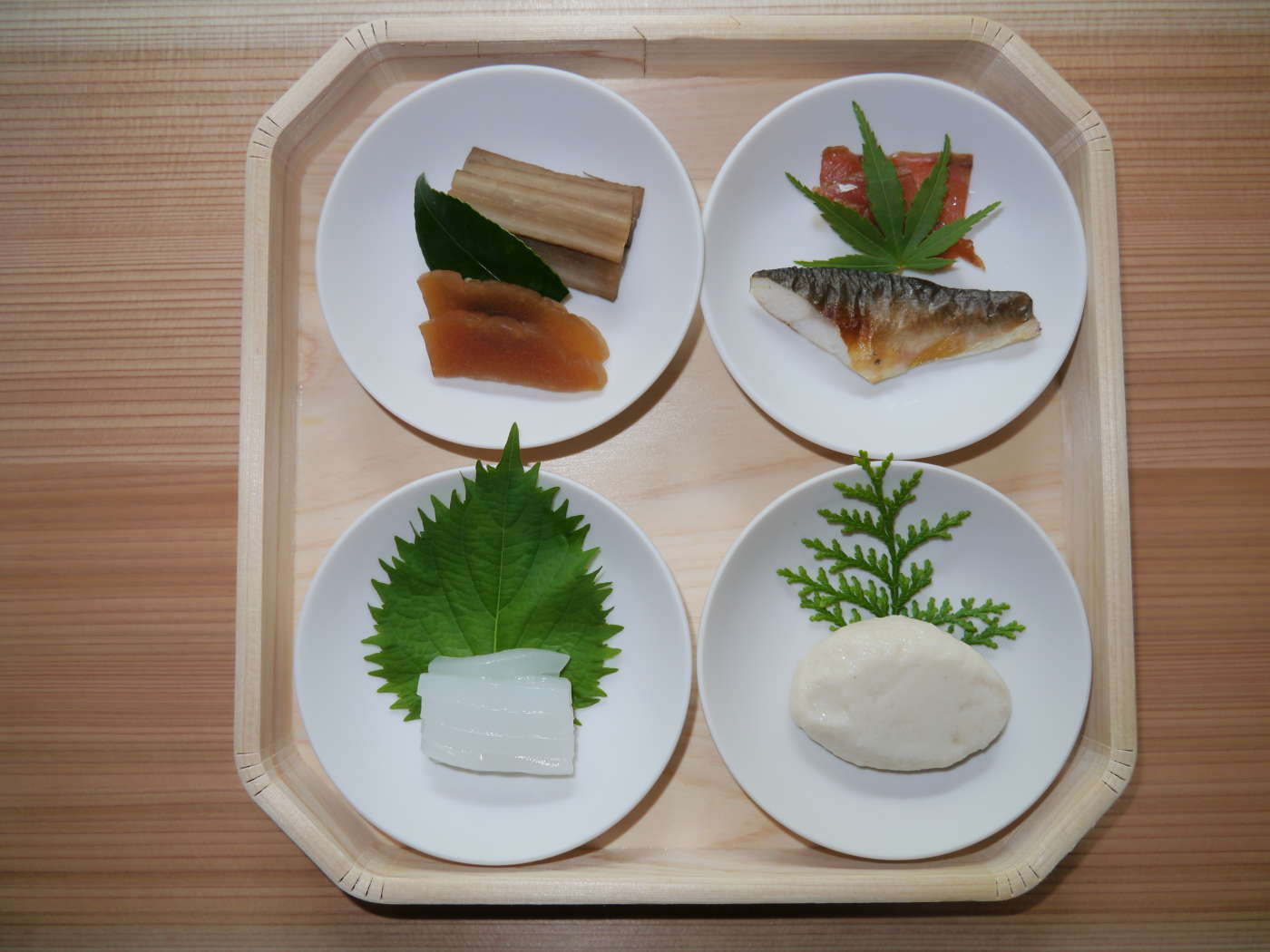
Classic and subdued dishes made from local ingredients show where local Japanese culinary sensibility originated.
Photo credit: Masuda, Shimane
The town of Hizumi, Masuda City, famous for its wasabi, offers visitors the chance to try the local “uzume rice,” a rice dish featuring fresh wasabi. In conception, uzume rice came from the word “uzumeru,” which means to cover up. One theory as to the name’s origin is that visitors would be reluctant to eat a dish topped with expensive wasabi, so it was hidden beneath the rice instead. Another is that uzume rice was used to hide luxurious ingredients from government officials during times of frugality. Today, the number of restaurants serving rice topped with wasabi is increasing, and visitors should mix the wasabi with the ingredients below to enjoy a delectable, wasabi-accented meal.
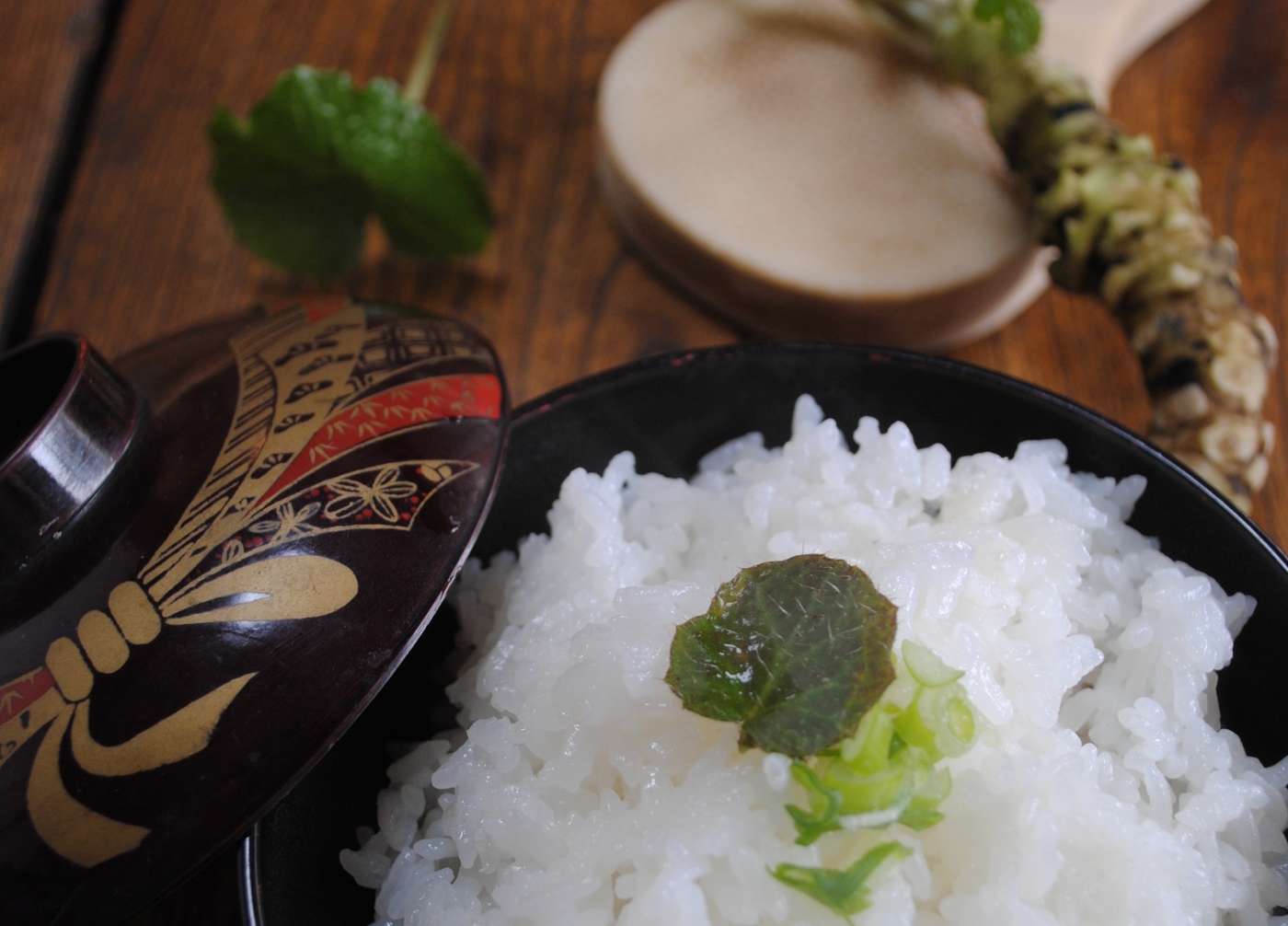
Uzume rice has a long cultural history and remains downright delicious.
Photo credit: Masuda, Shimane
To complete a farm-to-table experience in this wonderland of culinary history, “ayu” (sweetish) fishing and wild mountain wasabi field tours are available for visitors with a hunger for all things related to Japanese culinary exposé.

Ayu (sweetfish) is a local specialty not to be missed.
Photo credit: Masuda, Shimane
Tsuyama, Okayama: Beef-centric cuisine steeped in history and tradition
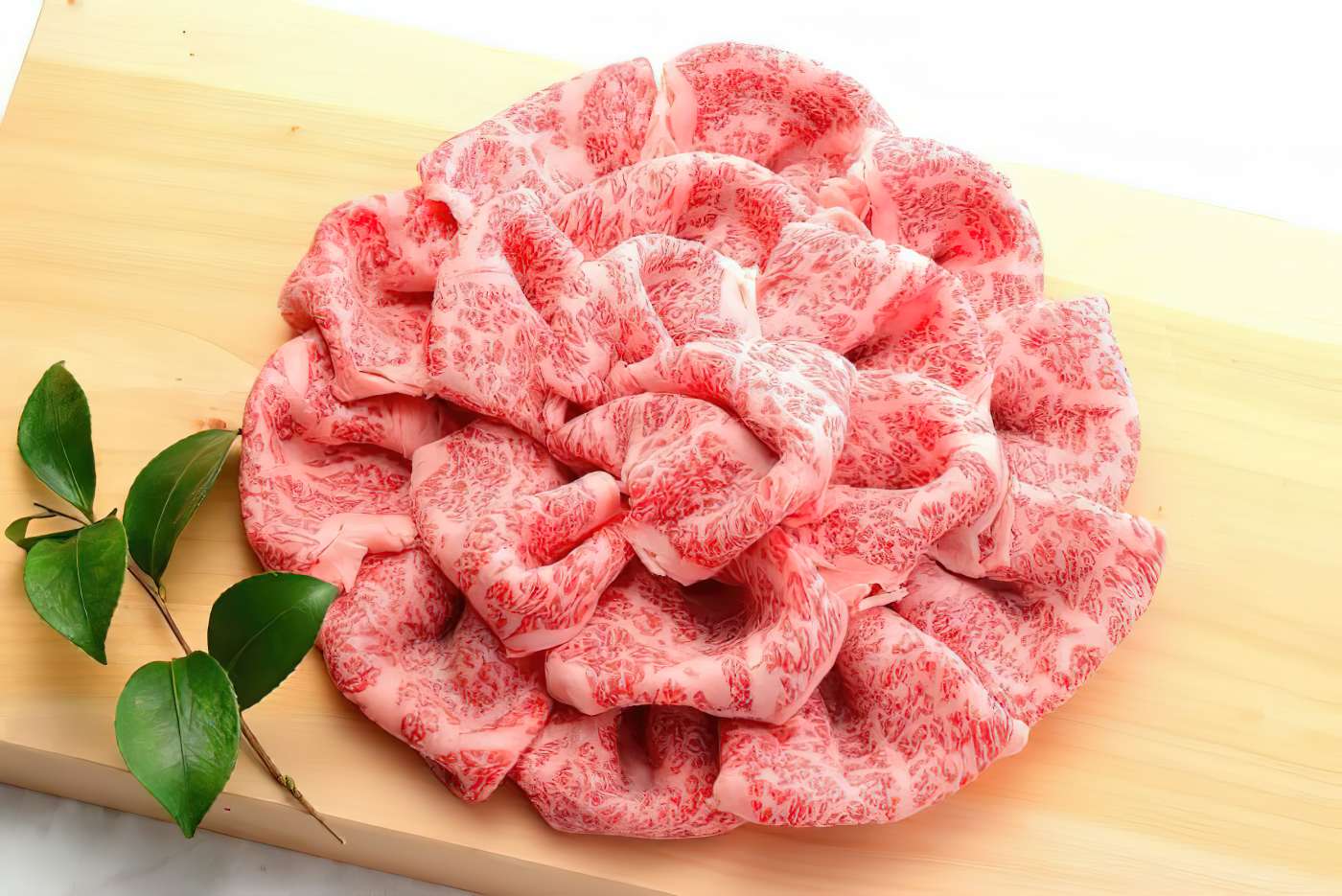
Photo credit: Tsuyama, Okayama
Tsuyama, Okayama has been a center of livestock trade since ancient times, and today, many unique beef dishes have been ingrained in the local culinary culture. This includes Japan’s famous Wagyu beef, with its decadent, rich intramuscular fatty marbling known as “shimo-furi” (cascading mist) that simply melts in your mouth, “Sozuri” hot pot, a sumptuous winter dish including beef and vegetables cooked in a rich broth and next-level beef jerky.
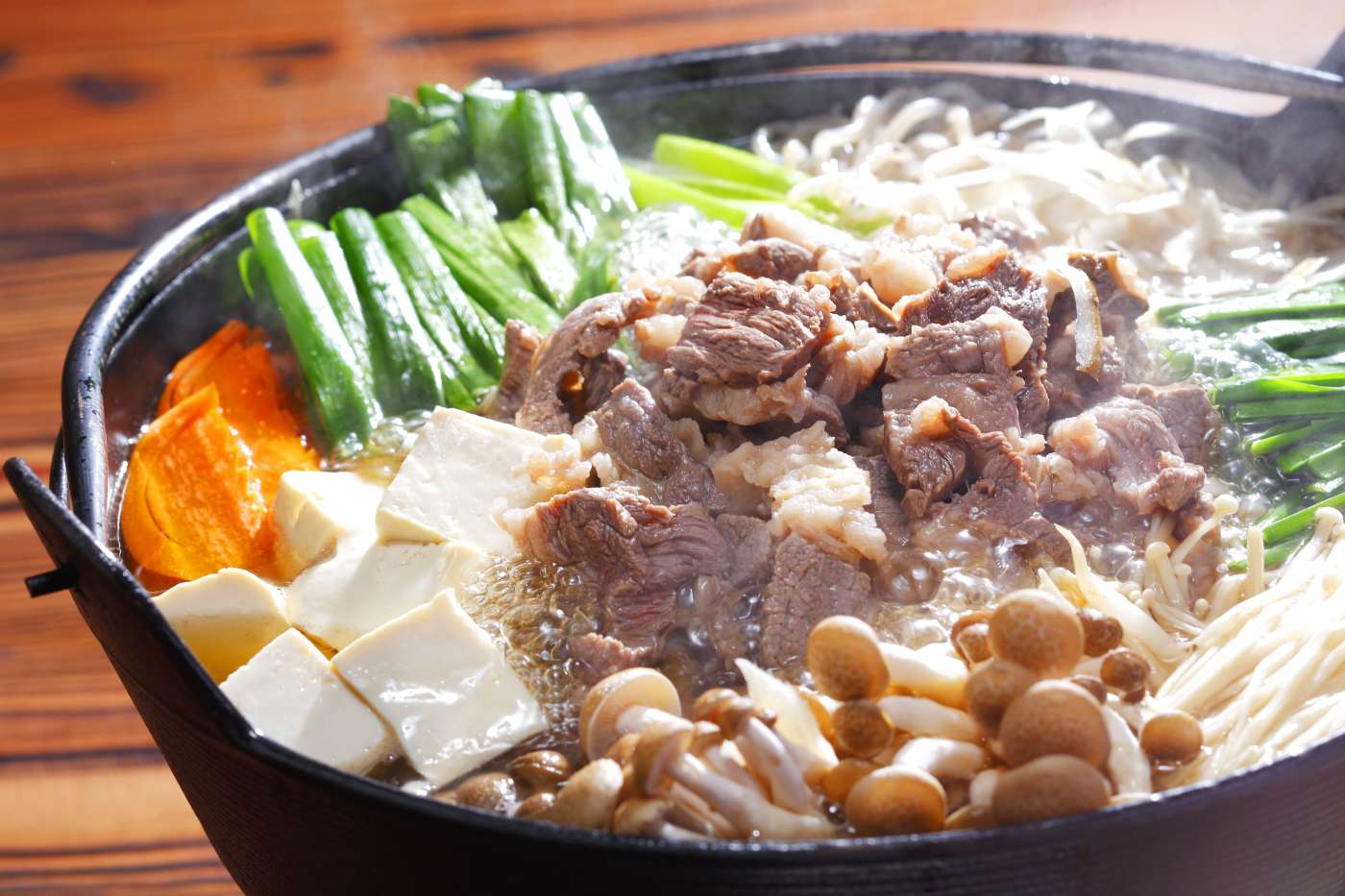
“Sozuri” hot pot warms the soul and will satisfy the hungry traveler.
Photo credit: Tsuyama, Okayama

Not your average beef jerky—Tsuyama takes standard fare to the next level.
Photo credit: Tsuyama, Okayama
In addition to being an important center for livestock throughout Japanese history, the city of Tsuyama was also key in the development of Japan’s railroad industry. After exploring the luxurious beef and culinary options available, visitors can explore Tsuyama’s railroad history and learn how the area supported Japanese development over time.

Tsuyama’s fan-shaped locomotive depot is the second largest in Japan.
Photo credit: Tsuyama, Okayama
Another incredible local monument is Tsuyama Castle, which once had a complex of 77 total structures, and today features 5,000 cherry blossom trees. Come to Tsuyama, Okayama for incredible beef cuisine and learn how local industry has influenced culinary history here and across Japan.
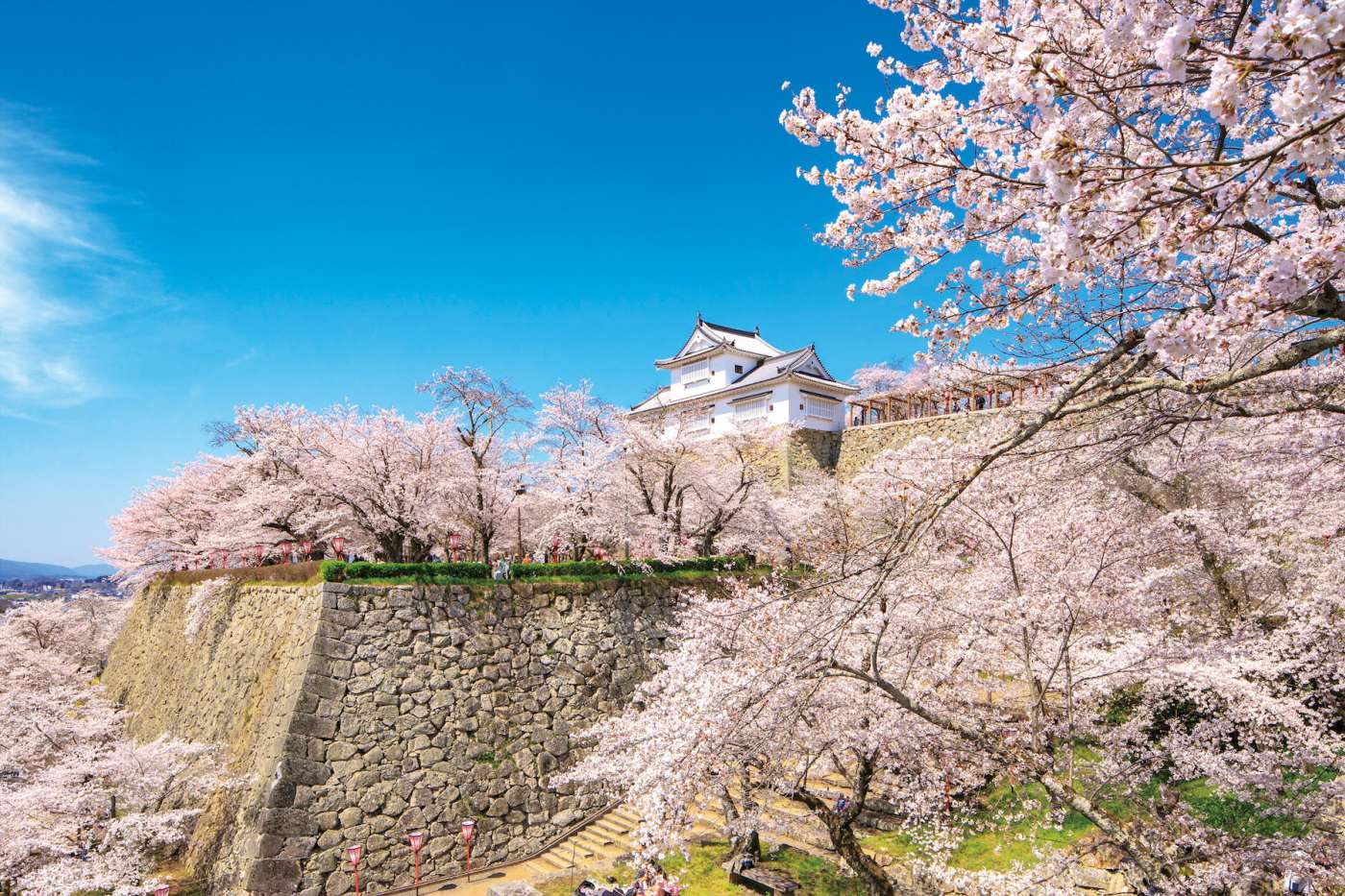
Tsuyama Castle is another stunning cherry blossom viewing location.
Photo credit: Tsuyama, Okayama
Why culinary tradition and experiencing fresh flavors matters
Most people know wasabi as a spicy green paste that comes with sushi, but in reality, mountain-grown wasabi is a powerful delicacy that is hard to come by. (Most imitation wasabi is actually horseradish with coloring added.) One taste and anyone will realize they’ve been missing out on the real deal – just another example of how understanding Japanese cuisine can unveil incredible new culinary experiences.
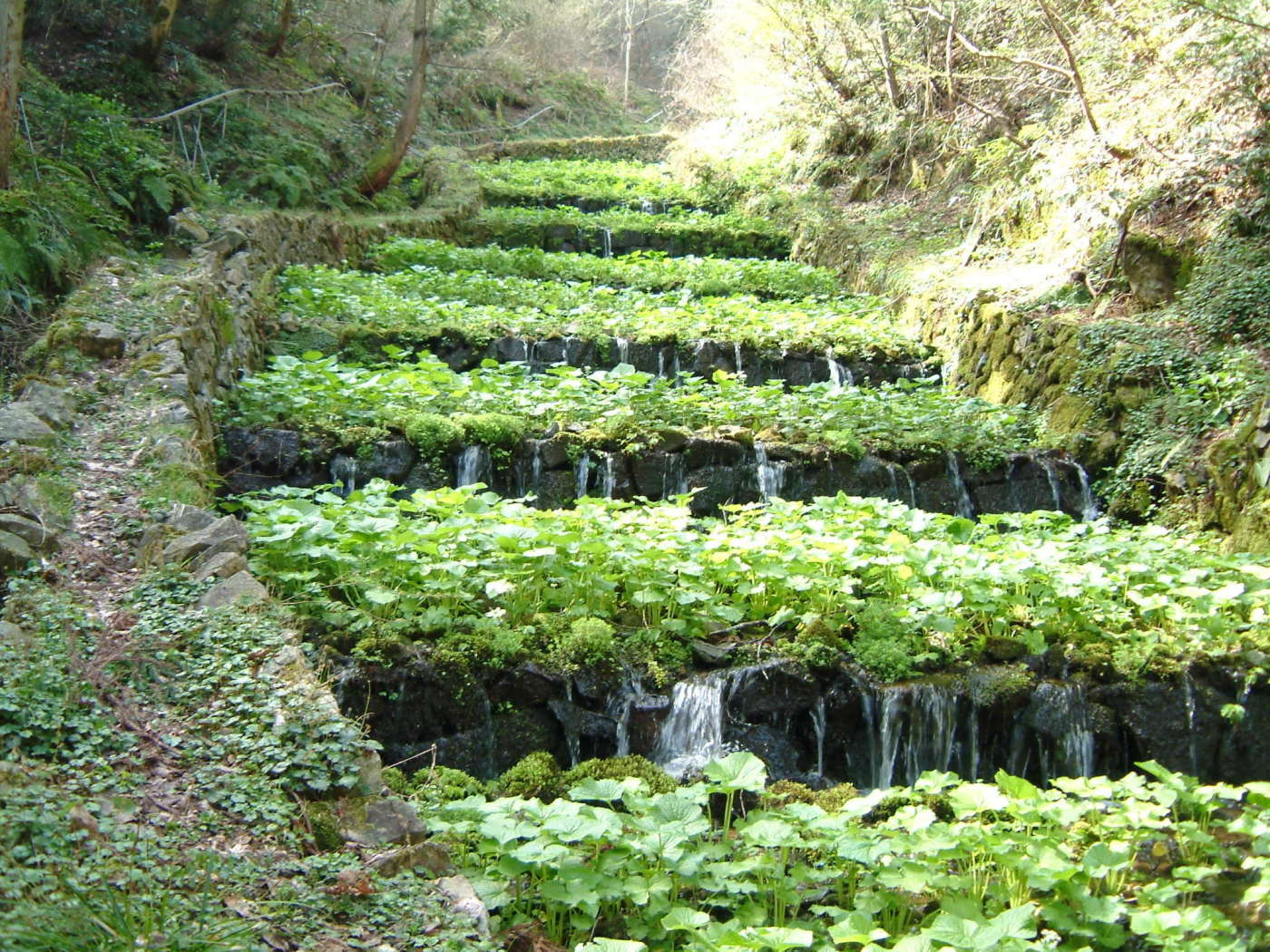
Photo credit: Masuda, Shimane
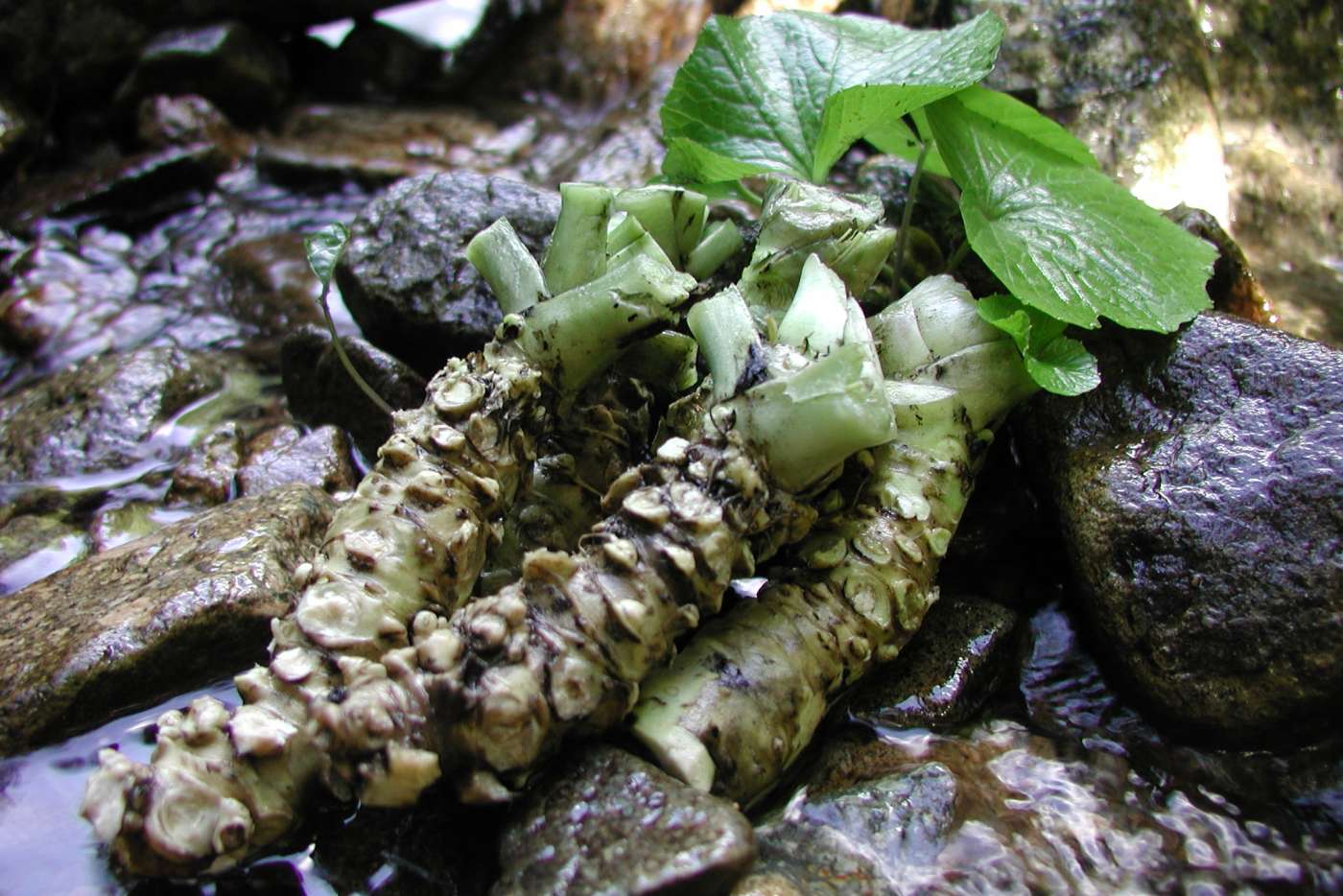
Real mountain grown wasabi is exceptionally pungent and expensive – most green paste is a satisfactory imitation.
Photo credit: Masuda, Shimane
Visitors who experience local Japanese flavors at the source will acquire a deeper understanding of how natural landscapes and history have shaped the way Japanese people eat. At its core, visitors will find an exciting and nuanced culinary culture rooted in authentic flavors unchanged over time. For those looking to explore Japan’s regional delicacies further, Savor Japan provides a guidebook of local food experiences for hungry travelers.
-
About the author
Author: Caleb DeMarais
Profile: Caleb DeMarais hails from the USA but has called Japan home for nearly 15 years. Whether knee deep in Japanese onomatopoeia, dissecting traditional craftsmanship or trying his best at rakugo puns, a fascination with everything Japan inspires his work as a writer and translator.





















































